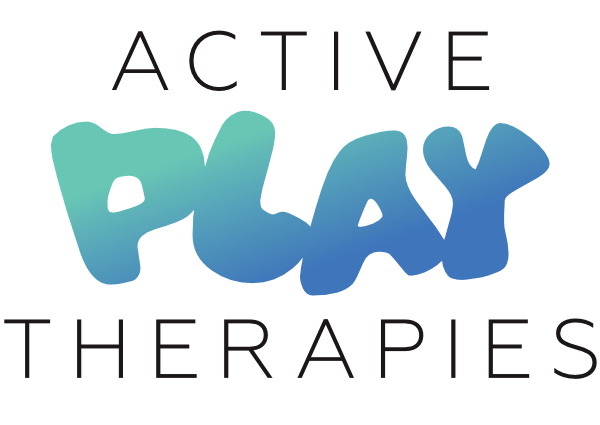Thoughts from a Therapist: Gear Shift to Secondary
Originally published on Sensory Integration Education on 23 April 2024.
In this month’s Thoughts from a Therapist blog, Anna Willis takes a look at the challenges students with sensory needs face when transitioning from primary school to secondary school and the role therapists can play in helping students navigate their way through this major transition.
In the UK, the transition from primary school (age 4-11 years) to secondary school (11-16 years) is a big leap. Children go from having the same teacher for most of the day to having a different teacher for each subject. They need to find their way around a big, noisy and often confusing environment to get from one lesson to the next and take a lot more responsibility for personal organisation of belongings, homework tasks and schoolwork. Despite this, children often get given less help at this time, rather than more. Often they don’t even get the same level of support (which was already required in a much less challenging environment).
Recently, speaking to a secondary school, a SENCO reflected that they often tend to take away the metaphorical rubber ring from primary schools and see who sinks and who swims. We reflected that perhaps it might be better to keep the rubber ring in place for this big transition and then gradually see what support can be taken away and what needs to be added in.
I’ve written before in a previous Thoughts from a Therapist blog about the differences I’ve observed between primary and secondary schools. This time, I’d like to focus on what we can do as therapists.
Something I’ve heard a lot about is the need to adapt strategies to secondary school-aged children: “That’s all well and good to have a big squishy fiddle toy/ ear defenders/ resistance band on chair legs in primary school, but what about now?”
At this age, children themselves often become a lot more self-aware (as well as in the upper half of primary school, aged 9 years +) and stop wanting to use the sensory tools that previously served them well. Equally, they can’t cart around a gym ball, wobble cushion and resistance band to put on each chair.
My approach in these situations is twofold. Firstly, find ways to meet the sensory needs that will absolutely still be there if they were there only a few weeks ago in primary school. Adapt this to what is now acceptable to the child. I talk about No Tool Strategies – things that can be done with no equipment. Examples include hand pushes and pulls, pushing down into the chair and arm stretches. All things that can be done in a seat without drawing any attention. I also spend time trawling the internet for age-appropriate fidgets (i.e., strategies that have Tools) that aren’t noisy or bulky, can fit in pencil cases, and don’t look conspicuous. Things like a black chew tube that fits over the top of a pencil, or a pea pod keyring that can attach to a pencil case and looks like a cute charm.
Secondly, I challenge schools to work on their culture. I discuss the concept of Equity versus Equality – making sure that staff and students alike all understand that we all have different needs and we all need different things. Just because one person needs a fidget toy does not mean the whole class has to have them, or that there should be a school-wide ban on them. Fostering a neuroaffirmative culture of acceptance and educating everyone about this is an important second strand here that works towards children with sensory needs being comfortable and able to express themselves.
So, if you work with secondary schools or offer training where secondary staff attend, do look at adapting things. Obviously this will benefit the children but it’s also vital to get staff on board.
Keep fidgeting!
Anna
Thoughts From a Therapist is a regular series written by Advanced SI Practitioner Anna Willis about something that piqued her professional interest or inspired her in some way over the last month. Anna, an occupational therapist and owner of Active Play Therapies, has over ten years of experience working with children and adults with a range of learning disabilities and autism.
